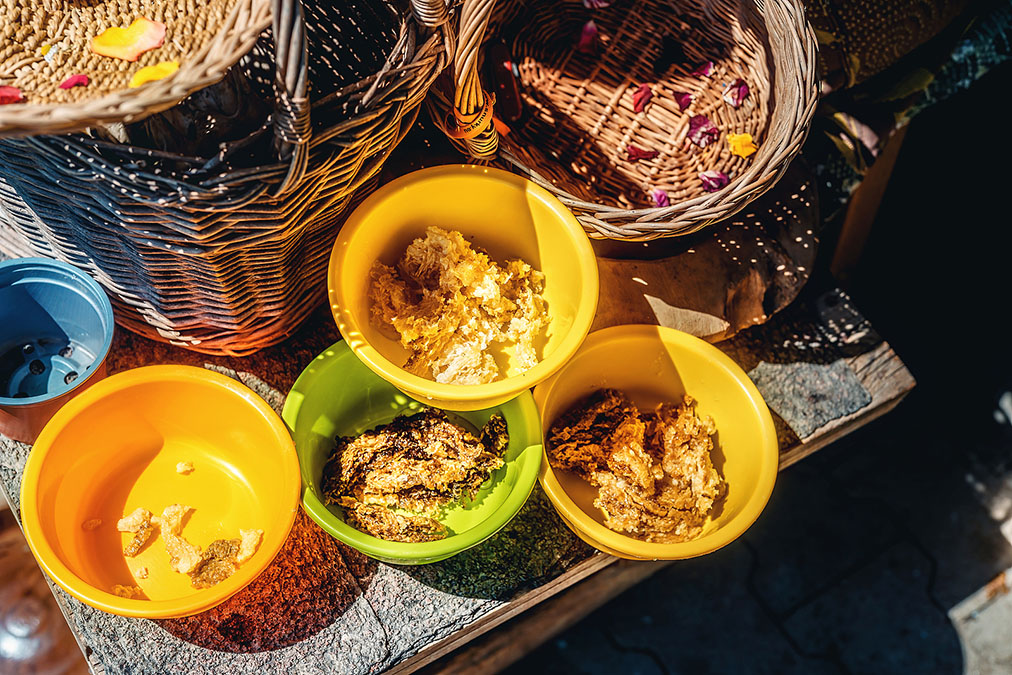 Nail fungus is one of the most feared fungal infections, partly because it causes social stigma but mostly because it is so strongly resistant to treatment.
Nail fungus is one of the most feared fungal infections, partly because it causes social stigma but mostly because it is so strongly resistant to treatment.
A recent study in the journal Antibiotics reveals an extremely powerful solution to eliminate the most resistant type of nail fungus permanently.
Best of all, the solution comes in the form of a common “food” item found in all health food stores.
Nail fungus is usually caused by fungi, as the name suggests, but it can also be caused by a yeast called candida, which is the third most common cause of this nail disorder.
The researchers were particularly interested in candida because it tends to form extremely strong layers inside our nails that researchers call biofilm.
The scientists carried out their study in several steps.
They first produced candida on flat-bottomed polystyrene plates and watched the biofilm develop. It developed into thick layers by the seventh day, as they expected.
They next acquired human nails and grew the candida on them to see whether the biofilm grew as thick as they expected. It did. It grew thicker on the underside of the nail than on top.
They then applied two propolis extracts to the candida biofilm on both the polystyrene plates and the nails to see how well they could infiltrate the infected layers.
With a daily application of the extracts, they could see an improvement with the naked eye by day seven, and their tests showed that both extracts could permeate the biofilms, an absolute requirement for curing nail fungus.
This study is interesting for several reasons.
Firstly, candida is a common agent of nail fungus because it lives on our skin. It is not a long way to go from skin to nail. Even worse, because it grows so well on the underside of our nails, according to their study, our nails can easily pick up candida from the skin on our nail beds.
Secondly, propolis extracts are obviously able to permeate this biofilm and work against the infection.
Propolis is a waxy substance made by bees from flower buds. They use it to build their hives, plug holes in them, and flatten their inside walls.
Previous studies found it has antifungal, antibacterial, and antiviral properties.

 Overcoming IBD
Overcoming IBD Multiple Sclerosis
Multiple Sclerosis Banishing Bronchitis
Banishing Bronchitis Gum Disease Gone
Gum Disease Gone Overcoming Onychomycosis
Overcoming Onychomycosis Neuropathy No More
Neuropathy No More The Prostate Protocol
The Prostate Protocol Brain Booster
Brain Booster
 Ironbound
Ironbound
 Solution for Shingles
Solution for Shingles
 The Bone Density Solution
The Bone Density Solution
 The Ultimate Healing Protocol
The Ultimate Healing Protocol
 The Parkinson's Protocol
The Parkinson's Protocol
 The Chronic Kidney Disease Solution
The Chronic Kidney Disease Solution
 Overthrowing Anxiety
Overthrowing Anxiety The Fatty Liver Solution
The Fatty Liver Solution The Hypothyroidism Solution
The Hypothyroidism Solution
 The End of Gout
The End of Gout The Blood Pressure Program
The Blood Pressure Program
 The Oxigized Cholesterol Strategy
The Oxigized Cholesterol Strategy
 Stop Snoring And Sleep Apnea Program
Stop Snoring And Sleep Apnea Program
 The Arthritis Strategy
The Arthritis Strategy The Vertigo & Dizziness Program
The Vertigo & Dizziness Program The 3-Step Diabetes Strategy
The 3-Step Diabetes Strategy Hemorrhoids Healing Protocol
Hemorrhoids Healing Protocol The Erectile Dysfunction Master
The Erectile Dysfunction Master Weight Loss Breeze
Weight Loss Breeze The IBS Program
The IBS Program The Insomnia Program
The Insomnia Program The Migraine and Headache Program
The Migraine and Headache Program The Neck Pain Solution
The Neck Pain Solution The Menopause Solution
The Menopause Solution The Ejaculation Master
The Ejaculation Master The TMJ Solution
The TMJ Solution The Acid Reflux Solution
The Acid Reflux Solution The Fibromyalgia Solution
The Fibromyalgia Solution The Psoriasis Strategy
The Psoriasis Strategy